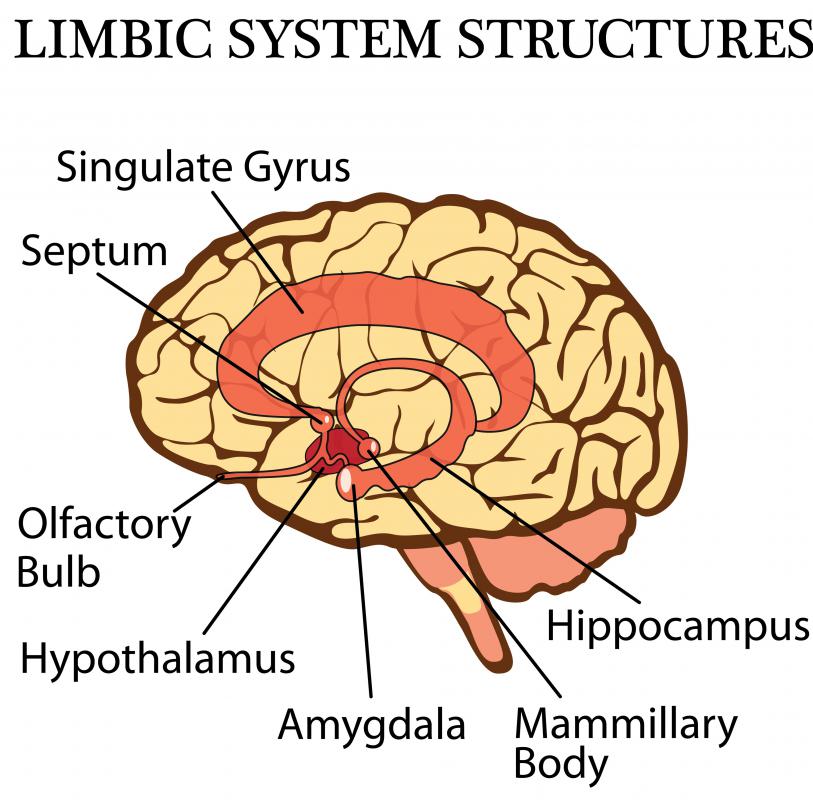At WiseGEEK, we're committed to delivering accurate, trustworthy information. Our expert-authored content is rigorously fact-checked and sourced from credible authorities. Discover how we uphold the highest standards in providing you with reliable knowledge.
What is an Opiate Agonist?
An opiate agonist is any morphine-like substance that produces bodily effects through binding to a cell’s opiate receptor, a specific protein with affinity for its chemical makeup. When it binds to the receptor, it activates related nerve pathways that lead to unique physiological responses. Some common physiological effects of opiate agonists include sedation, pain relief, and respiratory depression. There are potential opiate agonist binding sites in the brain, spinal cord, and gastrointestinal (GI) tract. The diverse location of the binding sites within the body leads to these compounds exhibiting significant systemic side effects when prescribed for treatment, such as constipation in the GI tract.
Among the different receptors to which an opiate agonist can bind, the “mu” receptor is the most researched and, in turn, the most well-known opiate receptor due to its abundance within the powerful limbic system of the brain. The “mu” receptors located within this region play a large part in controlling pain/pleasure spectrum experiences and emotional reactions to stimuli. This fact lends to opiate agonists being commonly prescribed medications for moderate to severe pain. Additional physiological responses of opiate agonists acting on other receptors make them an appropriate treatment for uncontrollable coughing, bronchial spasm, and opiate drug addiction/withdrawal. Compounding an opiate agonist with another medication such as acetaminophen can increase its bioavailability in some circumstances.

Opiate agonists can be “full agonists” or “partial agonists.” An agonist that binds completely with an opiate receptor produces the full range of related physiological reactions, while agonists that do not bind completely have a weaker reactive potential. Many opiate agonist drugs designed to treat patients with opiate addiction use a weaker agonist, like methadone, to deliver the compound that the body is physically addicted to without the euphoric high associated with a more complete agonist. This reduces uncomfortable withdrawal symptoms and also reduces craving for the addictive substance, which can diminish the drug-seeking behavior that originally caused the addiction.

Although most opiate agonists produce similar systemic effects at comparable doses, some drugs bind more readily to certain receptors. This leads to the diversity of clinical applications seen with opiate drugs. Some opiates, like hydromorphone, are more euphoric in nature and are used often in cases of severe pain associated with terminal illness. The duration of the effects from an opiate agonist is taken into consideration, as well, by prescribing physicians. Chronic pain, for example, is often times treated more efficiently with an opiate agonist that possesses a longer half-life.
AS FEATURED ON:
AS FEATURED ON:
















Discuss this Article
Post your comments